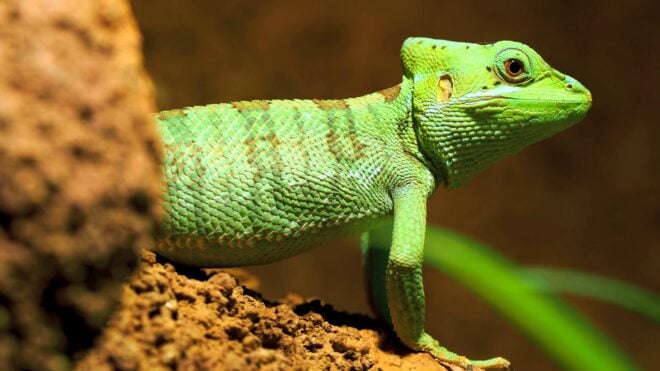
Summer is almost here, but it’s not all fun in the sun for pets. The summer months can be uncomfortable — even dangerous — for pets, according to the Humane Society of the United States. So pet owners need to know how to keep their fur family members safe and healthy during the summer.
Jeff Franklin, owner of Cobra Canine, has worked with over 10,000 pet dogs and families and is the pioneer behind elite working dogs trained for the US military. He explains, “The first thing we need to understand is that we may like to get out to do fun things in the summer sun and heat, but rarely is this the case for dogs. By nature, dogs prefer not to be in the sun and heat for any extended periods of time — most are wearing a fur coat. If you do take your dog out, find areas of shade, use an umbrella or awning, spray them with a water hose, and or use kiddy pools to let them play in. Most importantly, always provide clean drinking water and keep the exposure time to the sun and heat short.”
More from LittleThings: 6 Ways To Keep Your Pet Fear-Free And Safe During Fourth Of July Festivities
Dr. Albert Ahn, veterinary advisor to Myos Pet, warns pet owners to avoid overheating. “Be aware of warmer temperatures, which can seriously affect our pets,” he says. “For example, on a hot day, dogs can experience heat exhaustion or even heat stroke, especially if they are highly active.”
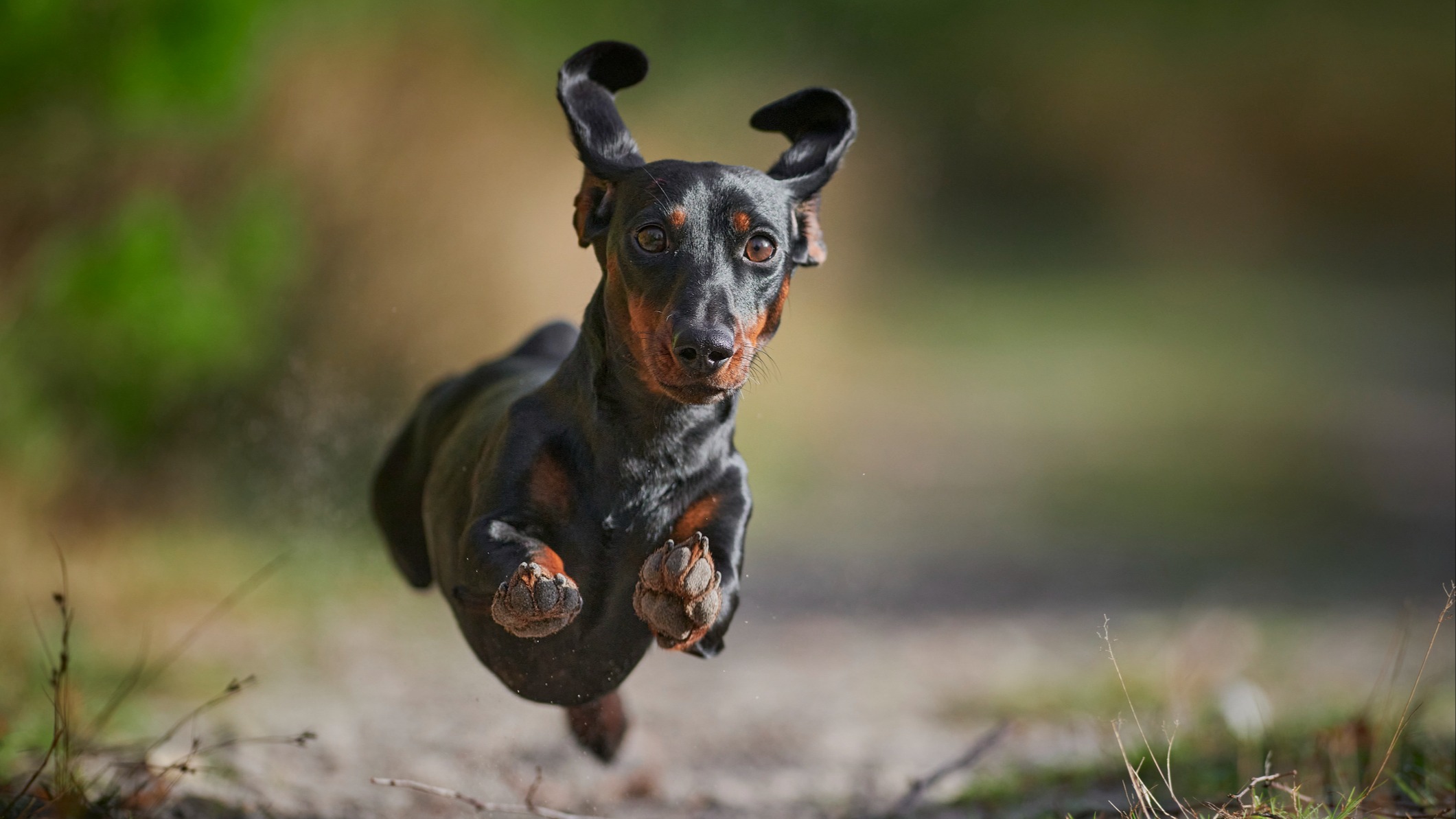
This includes never leaving your pet in the car. Ahn warns, “A pet in a hot car can begin to experience overheating in just a couple of minutes.” The Humane Society further states, “Not even with the car running and air conditioner on. On a warm day, temperatures inside a vehicle can rise rapidly to dangerous levels. On an 85-degree day, for example, the temperature inside a car with the windows opened slightly can reach 102 degrees within 10 minutes. After 30 minutes, the temperature will reach 120 degrees. Your pet may suffer irreversible organ damage or die.”
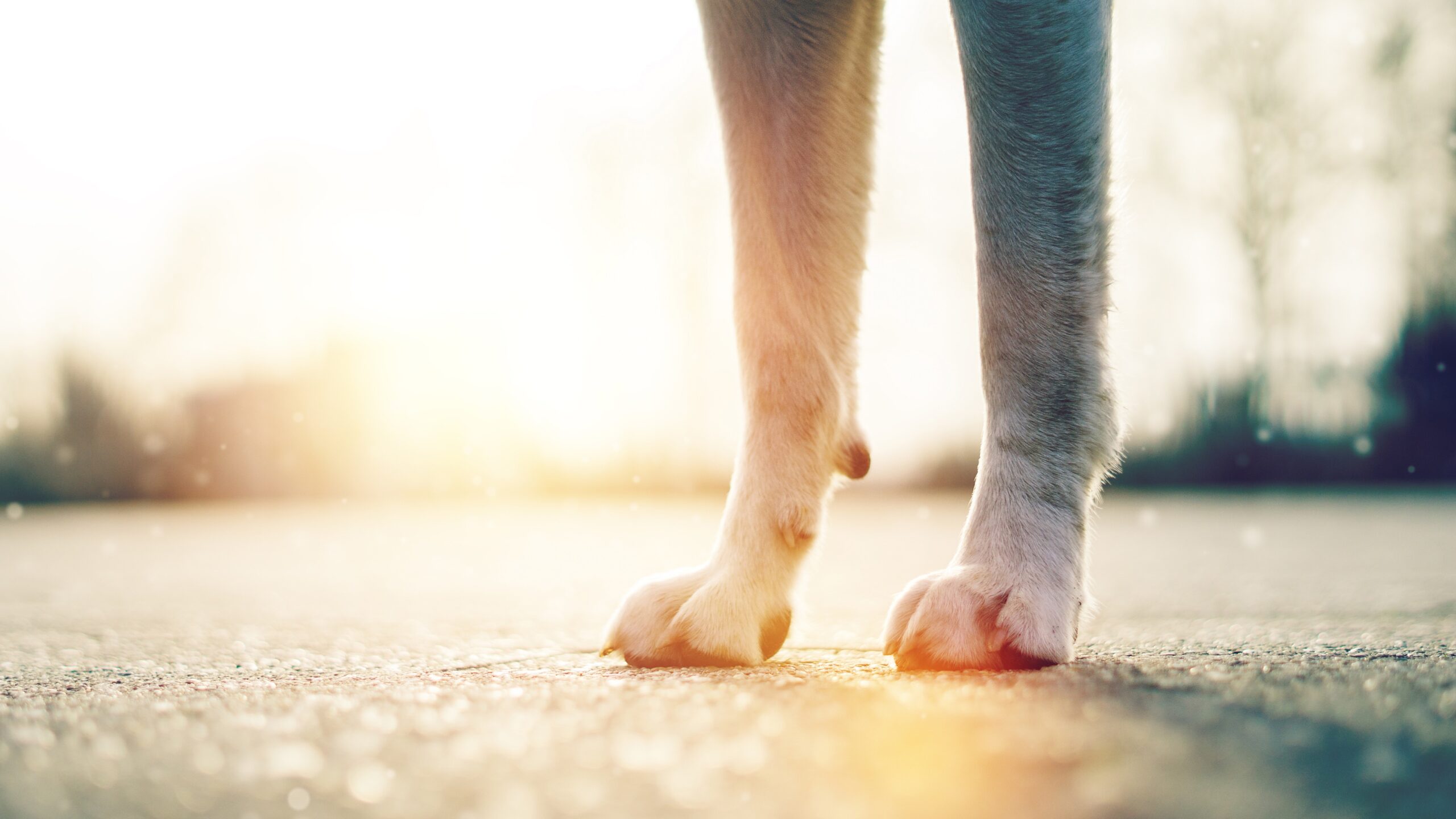
Hydration is key to keeping your pet healthy, but so is knowing the signs of dehydration. “Some signs that your dog may be dehydrated include panting, a dry nose, loss of appetite, eyes that appear sunken in, lethargy or a lack of energy, gums that are tacky or sticky, gastrointestinal signs such as diarrhea or vomiting, and a decrease in the elasticity of the skin,” explains Ahn.
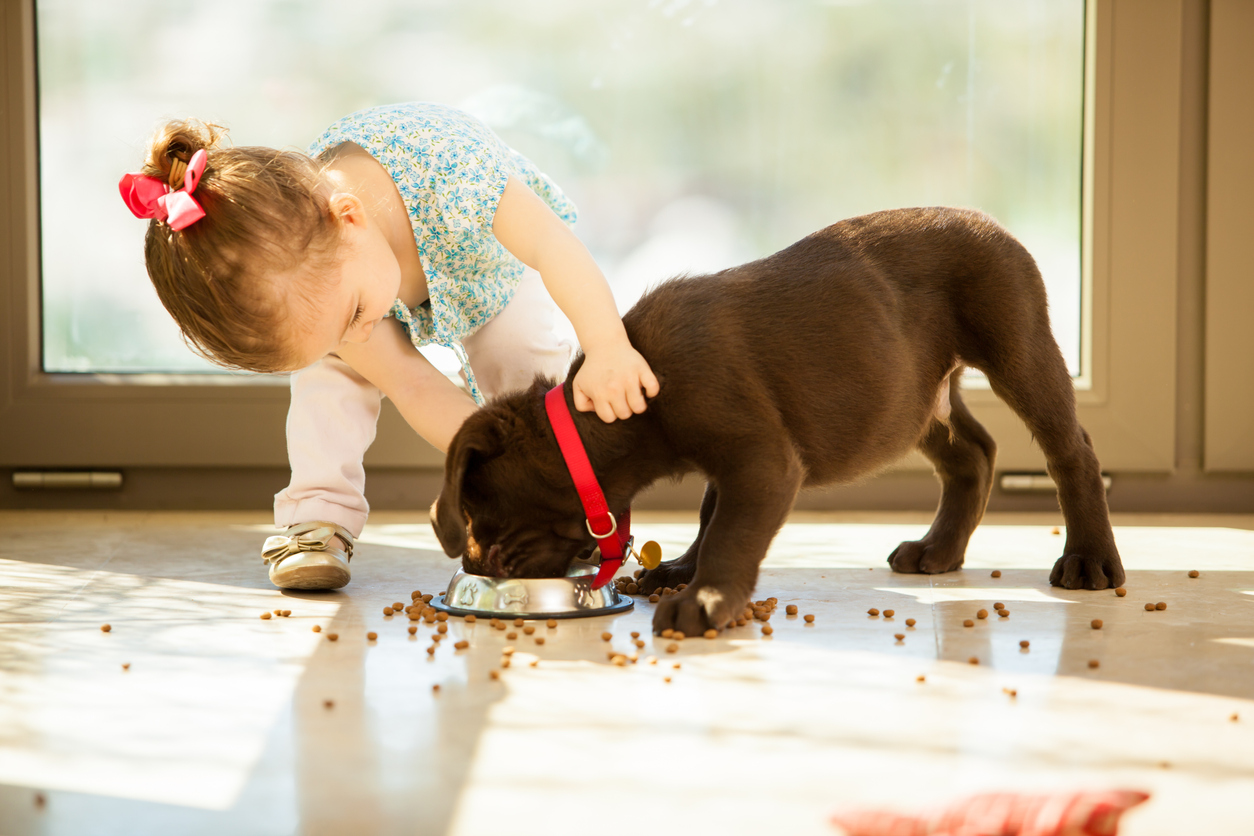
Ahn also notes, “Pay close attention to your dog’s water bowl. Make sure that it is always full of fresh, clean water, especially during the hot summer months. It is easy to overlook a water bowl that is somewhat low. In the summer, an active dog may drink a lot more water and can easily drain a bowl. This is why it is important to frequently check on the status of the bowl to make sure that it is full or close to full. Water is considered the most important nutrient because it is both essential and required in significant volumes.
“In very general terms, a dog’s daily water needs are about one ounce of fluid for each pound of body weight. For example, a 32-pound dog would need about one quart of water per day to meet his or her physiological needs. It is important to bear in mind that heavy exercise, dry hot environments — e.g., the desert Southwest United States — and hot summer weather may significantly increase the amount of water that your dog requires in order to stay properly hydrated. If you have any doubts, please work with your veterinarian to more fully understand the exact water requirements for your four-legged friend.”
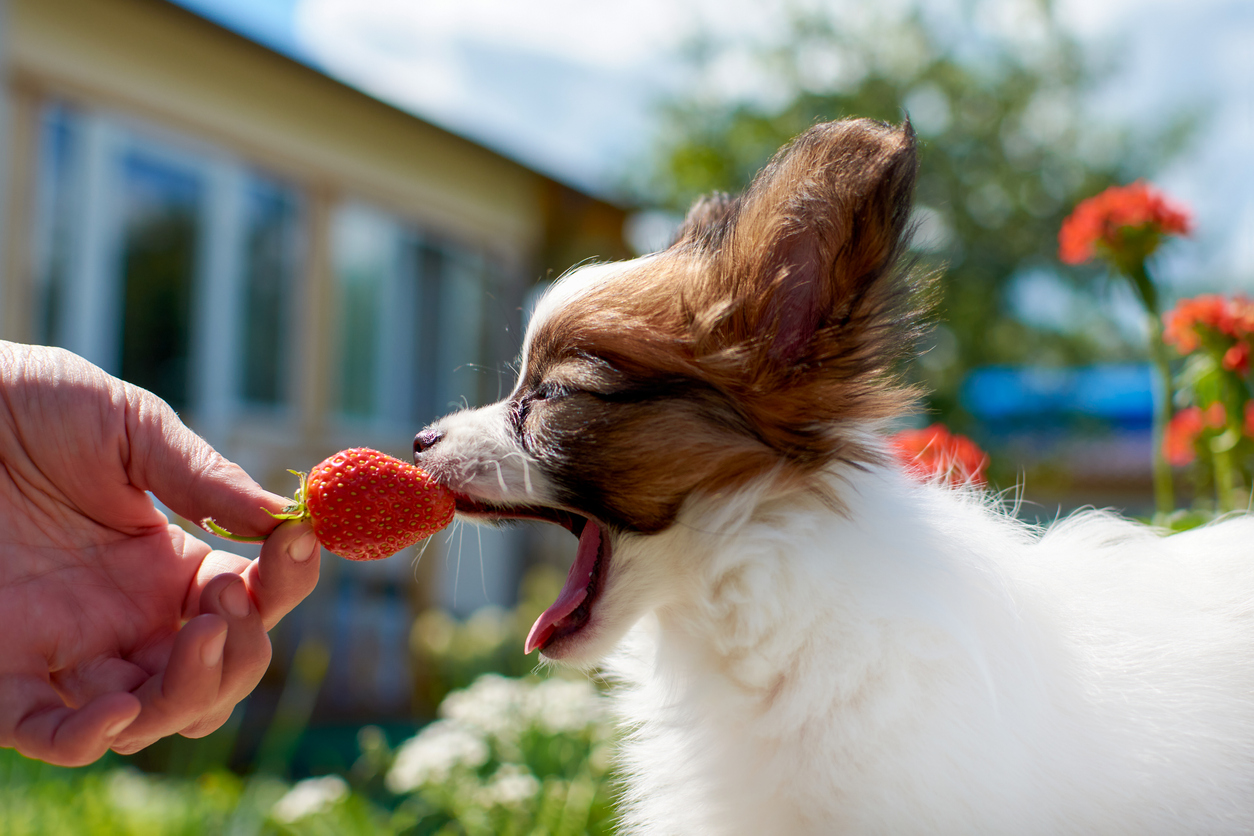
You can enjoy your local community with your dog, but Franklin suggests steering clear of dog parks. “Dog parks are not an ideal place to socialize our dogs,” says Franklin. “The benefits don’t outweigh the negatives. We have no way to control other people’s dogs, fights, and or inappropriate behaviors that can have negative long-lasting effects happen fast. We don’t know that all the other dogs are up to date with vaccines, either. Instead, choose to socialize your dog with other dogs that you know and when you can control the scenario in case there is an issue. Also consider this: You didn’t get your dog to be buddies with other dogs. Sure, you want her to behave around other dogs, but she should focus on you.”
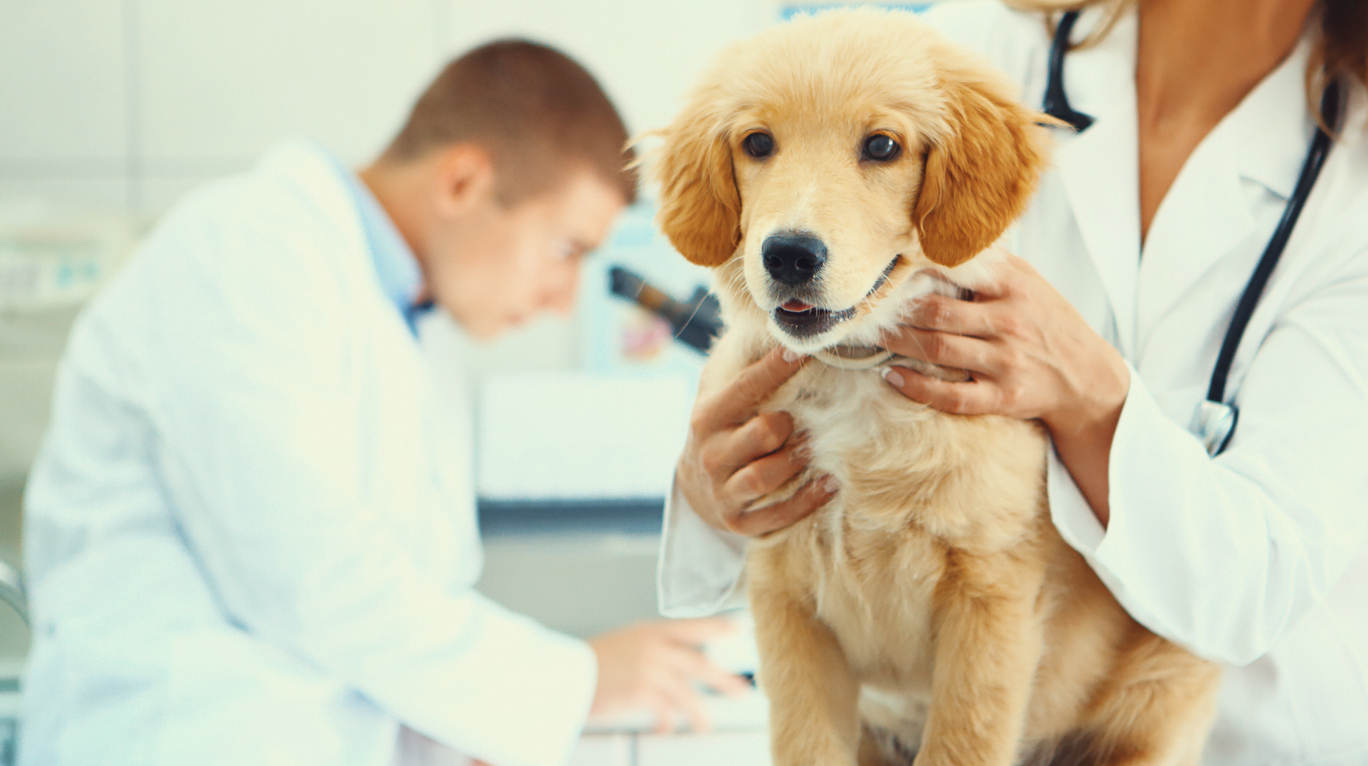
That leads to another helpful tip from veterinarian Ahn: Get up to date on vaccinations and preventative medication. “As temperatures rise above 70 degrees, fleas, ticks, and mosquitos become more active,” notes Ahn. “Make sure that your dog is getting monthly flea and tick medicine along with heartworm medication. Without proper prevention, your dog is at risk for Lyme disease, heartworm, and tapeworm.”
If your dog does get bit by a tick, be sure to properly remove it and also consult your vet. Franklin says, “After time outside with our dogs, we do a tail-to-nose check. We are not just looking for tick[s] but anything else that may be wrong, like a splinter or cut. I teach ‘from tail to nose’ because I want to check against the grain of the hair to try not to miss anything. Different hair lengths and types can make this easier or harder.”
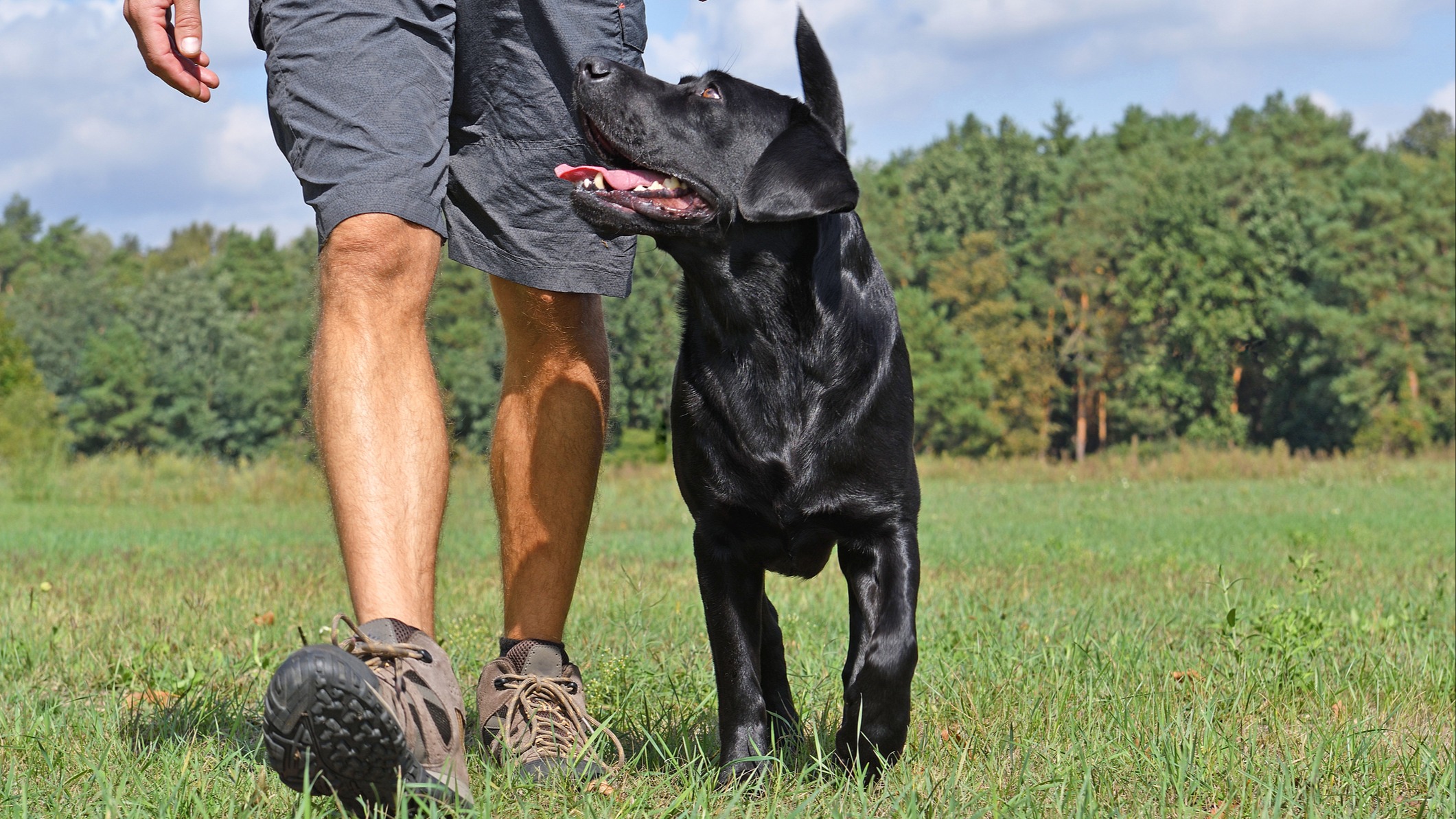
If you’re going to take your dog on a walk, make sure it’s early morning or late at night. Madison Animal Care Hospital reports, “Experts agree that it is generally safe to take your canine pal for a walk in temperatures of up to 68F, while anything over 77F is considered very risky. This is because even at temperatures as low as 70F dogs can be at risk of developing heatstroke, a high temperature that isn't caused by a fever.” The asphalt temperature is even higher than the air and can burn paws.

Pet owners should also get familiar with local plants so they know which ones to steer clear of on walks. “It is not uncommon for dogs to eat grass and plants,” says Ahn. “Be conscious of the fact that certain plants and flowers can be toxic for dogs. As an example, lilies are beautiful flowers that will make any garden look amazing, but they can also be toxic for pets. I recommend before planting anything new to make sure that they are pet friendly.”
Beware of taking your dog swimming in lakes, which can be host to many harmful and life-threatening bacteria and parasites. The three most common are cryptosporidium, giardia, and leptospirosis, all of which can cause intestinal upset, abdominal pain, and vomiting, according to WagWalking.com. Toxic algae found in New Jersey lakes can kill canines.
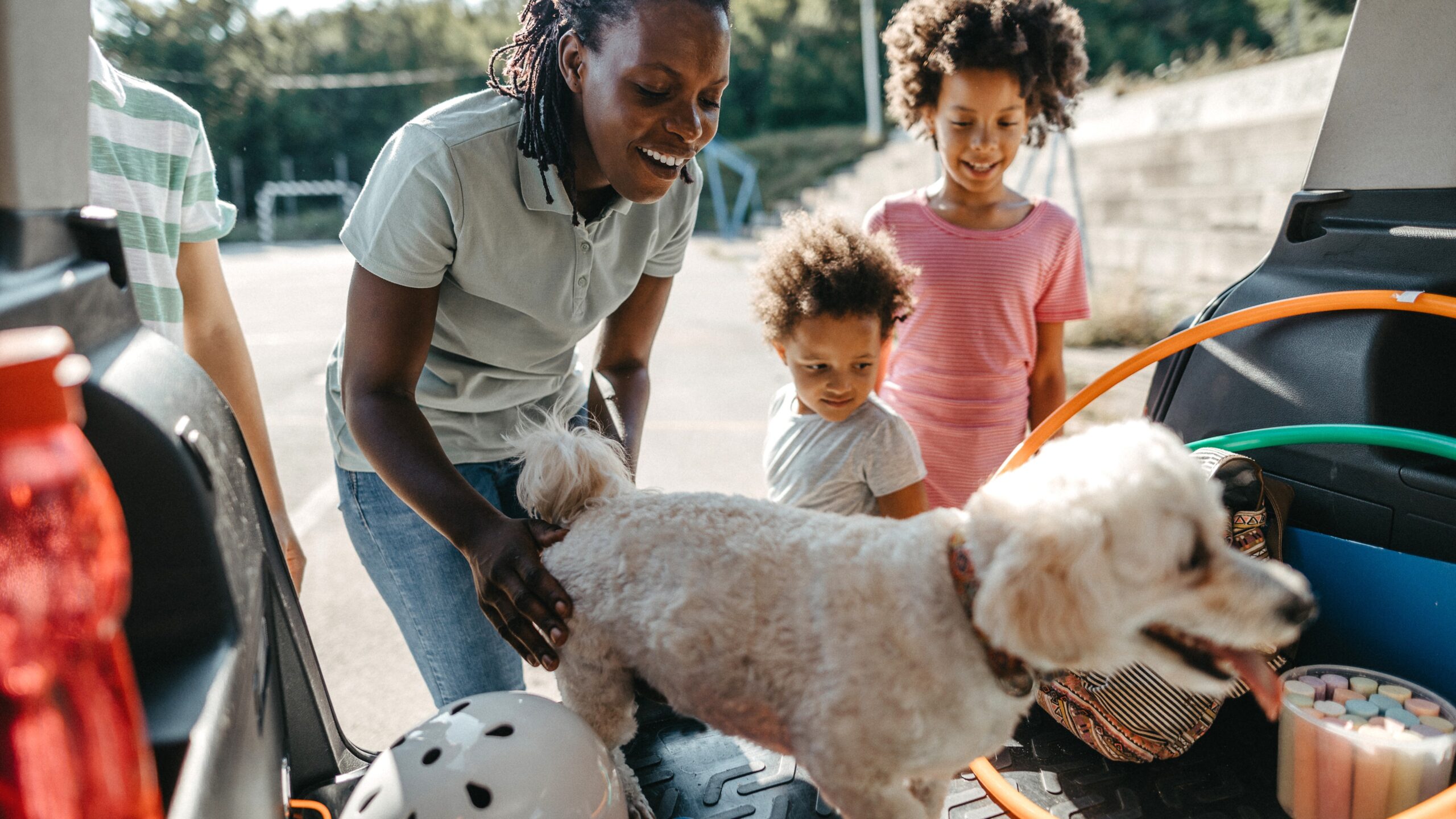
If you’re very active with your pet in the summer, Ahn says you might want to consider supplements for mobility. “Keeping on top of your dog’s nutrition and supplementation is important during the summer months when dogs tend to be out and about more,” he says.
Also, make sure you keep your pet inside your home during 4th of July holiday celebrations. Pet Amber Alert reports 30% more pets become lost between July 4 and 6 than any other time of year.
Bottom line: Keep your canines cool and hydrated inside as much as possible, and check them after you take them outside to make sure there are no signs of distress.



